Perhaps the most dreaded challenge for the populace is high blood pressure (hypertension). By ranking it should come next after arthritis, of all the risk factors for heart attack, high blood pressure maintains an uncanny degree of accuracy for predicting exactly who will get cardiovascular disease after age 65.
On the up side, about 70% of patients have what is known as mild hypertension that is diastolic pressure that falls. Somewhere between 90 and 150 mm Hg. And for this population there have been some welcome changes in treatment. The emphasis is now being placed on non-drug therapy. The action point below as remedy are designed to help those with mild hypertension attain good control over their condition. If you are already taking medication for your blood pressure, dosage levels may need to be adjusted. Consult your medics before adhering to these procedures of remedy.


- Watch your weight; obese people tend to have three times as much hypertension as people of normal weight, even while there are a lot of hypertensive who are not fat. Twenty percent above the ideal weight for your height and bone structure is where obesity starts, however, obese people need not lose anywhere near that much to reduce high blood pressure. A study shows that short people with high blood pressure can achieve normal pressures by losing only half of their excess weight, even though they remain moderately obese. We encourage obese people to lose all the weight they can. However, if they cannot lose a whole lot at least whatever they do lose should give them some help with their blood pressure.
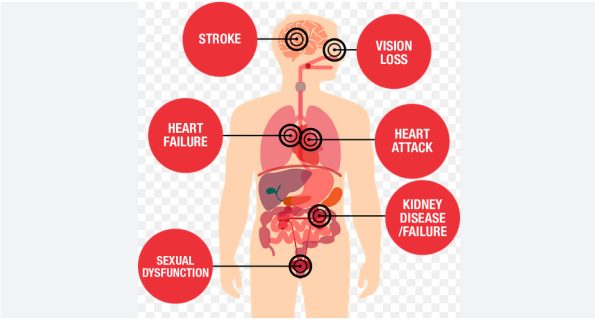
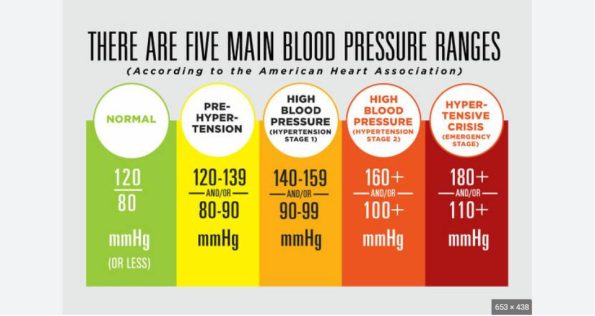
- Reduce the salt habit; the correlation between sodium and high blood pressure has never been proven beyond a doubt. However, what is known is that a salt-sensitive subsets of hypertensive probably exists, and you maybe one of the subjects. There is no way to know if you are salt sensitive other than putting yourself on a low sodium diet and seeing what effect that has on your blood pressure. On the same side, 5grams a day for hypertensive is advised, and hope it has a good effect. Most people find out that once they cut down they really don’t find the need for much salt, as they thought they did, so play safe, keep the salt down and low but don’t count once to do everything.
- Eliminate or cut down on alcohol; studies and documentation shows a whole of link between alcohol consumption and hypertension. People with hypertension should limit their alcohol consumption. Two drinks or fewer a day will probably have no bad effect on blood pressure, but when you go beyond that, you are looking for trouble.
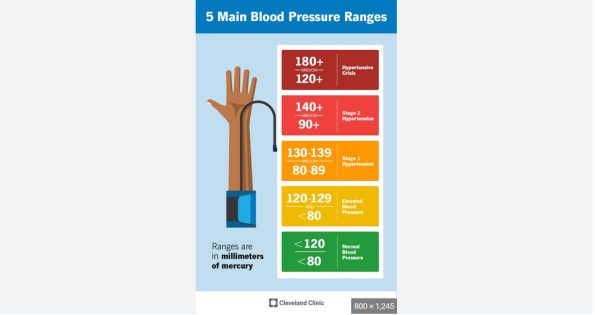

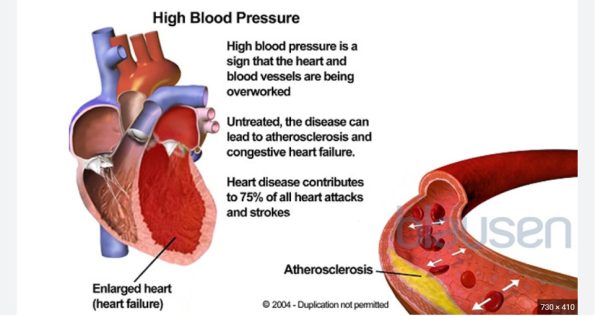
- Pass the potassium, please; increased consumption of this mineral may be valuable in helping to put in check high blood pressure. The number of hypertensive who respond to potassium seem to depend on how long the studies are done. A two weeks study shows a 30% reduction, however an eight week study showed a 70% rate reduction in blood pressure. It’s believed that there is a clear benefit when you get three times as much potassium as sodium. If you are on a low salt diet and getting 2grams of sodium (2 grams of sodium equals 5grams of table salt) per day. Then you should get 6grams of potassium when you eat a lot of natural foods; potatoes, fresh fruits and fish.
- Connect with calcium; calcium seems to have a positive effect on some people. The notion is if salt is bad for you, calcium is food for you.
- Take care on isometrics (exercise); exercise as part of a program to reduce hypertension, appears to add to the treatment. Isometrics exercise such as weight lifting must be avoided. The reason is that weight lifting exercise may cause blood pressure to temporary skyrocket.
- Do aerobic instead; proceed with caution on aerobics swimming also. Usually, people start with a quarter of a mile and then go up from there until a person can walk a mile briskly says experts. After that we initiate running, but only after a physical exam and possibly a stress electrocardiogram. Exercise is key because it forces the blood vessels to open up (vasodilate) and that makes the blood pressure come down. Even though it tends to go back up again, but not as high it was before starting the exercise. It drops down again eventually. Notable aerobics are swimming, walking and bike riding, are good exercises for hypertension. You don’t have to run. You don’t have the same amount of work, when you walk, it just takes longer to do it. The key thing is that it should be a brisk walk-a quarter mile in 4 minutes when you start, then a full mile in about 15 minutes or less.


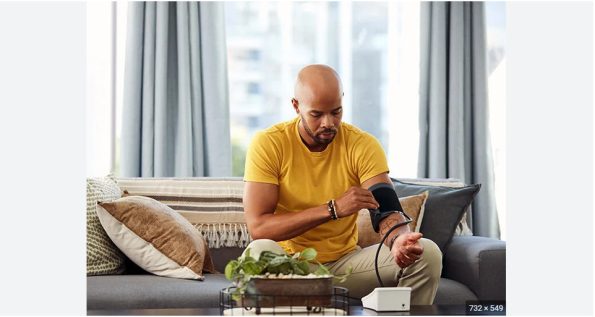
- Be vegetarian as much as you can; studies show that vegetarians have low blood pressure than the general population 10 to 15 mm Hg. lower for both systolic and diastolic pressures. The strange thing however, is that nobody knows why. Perhaps it may be that people who follow vegetarian diets tend not to smoke, drink or overeat.
- Get blood pressure kit; blood pressure reading at home are to be encouraged. For anybody who has high blood pressure, it is by far the most sensible way to go about monitoring your condition. Much more to this procedure, it can help you be aware of how diet, exercise and medication are affecting your blood pressure. It may also help you overcome the “white coat” reaction many people experience, i.e. the conditions that “the minute they walk in a doctor’s office, they tense up and their pressures rise dramatically”.
Kedi healthcare Pharma Solutions for Blood Pressure
Blood pressure kits come in three basic categories;
- Mechanical
- Electronic with manual cuff inflation
- Electronic with automatic cuff inflation
The manual type require the use of stethoscope, while the electronic types eliminates the stethoscope and are somewhat easier to use. The most practicable may perhaps be the electronic type.
- Be a happy person always; studies show that different emotions play a very specific role in determining how high or low your blood pressure go. When testing un-medicated hypertensive patients around the clock with high tech monitors, researchers found that happiness caused systolic blood pressure to drop, while anxiety caused diastolic blood pressure to rise. They also found that blood pressure changes were directly related to emotional intensity, so that the happier a person felt, the more the systolic pressure fell. Conversely, the more anxiety a person experienced, the higher the diastolic pressure rose.
Again, they found out that anxiety experienced outside the home makes blood pressure increase significantly more than anxiety experienced inside the home. The lesson in all of these could be summed up as: Don’t worry, be happy-but if you must worry, do it at home.
- Talk less; research shows that virtually any communication can put blood pressure on the rise, speaking can cause blood pressure to increase by 10 to 50% with hypertensive individuals showing the greatest increase. And this effect is not restricted to the spoken word-even the use of sign language by deaf people causes dramatic increase in their blood pressure.
- Check your spouse’s pressure, too; you may have heard that husbands and wives start looking alike after several years of marriage, but researchers discovered an even stranger phenomenon. The longer two people are married, the more similar their blood pressure become. The researchers suggest that this mimicking effect may have something to do with shared stress or other emotional factors. Communication particularly handling conflicts and expressing emotions may affect blood pressure levels between spouses.
So the next time the doctor says your pressure is up, have him check your spouse, too. If you are in your sixties, this study predicts your blood pressure will be only a point or so apart.
- Your dog is you best friend; research shows that reading aloud caused pressures to rise, though reading quietly or interacting with a dog resulted in blood pressures declines. This work only confirms the favourable feelings about pet therapy that some health professionals developed long ago. Other research has shown that coronary heart disease patients who are pet owners are more likely than non-owners to still be alive one year after discharge from a coronary unit.


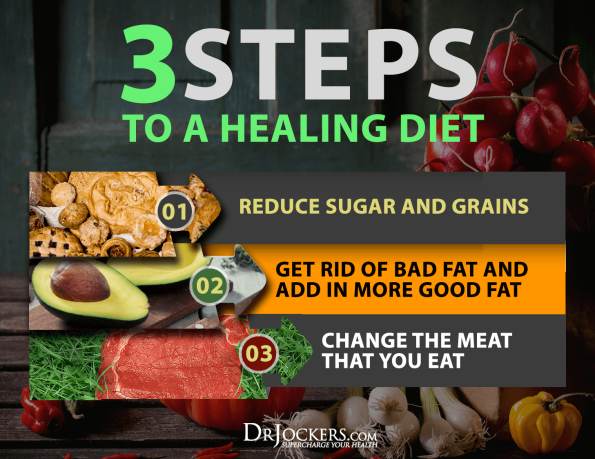
For low pressure hypertensive
- Try a tight squeeze; studies have shown that relatively simple physical actions that momentarily elevate blood pressures can offset hypertension. Squeezing an isometric hand-grip before getting up, e.g. can increase blood pressure enough to counter the momentary dip it takes upon standing.
- So some mental math; research also documented that doing complex mental arithmetic (try counting backwards from 100 by sevens as fast as you can) elevated blood pressure and offset hypertension even better than physical activities.
- Eat smaller, frequent meals; if you typically experience hypotension after meals, try eating smaller, more frequent meals throughout the day. Also find out how much salt and fluid intake your doctor recommends. Restricting them may contribute to hypotension.
Sleep on a slant; the way you sleep may also be important in helping control hypotension. Try sleeping with the head end of your bed elevated 6 to 12 inches above the foot end. On rising up, sit up slowly and dangle your feet over the edge of the bed for a few moments before standing.


